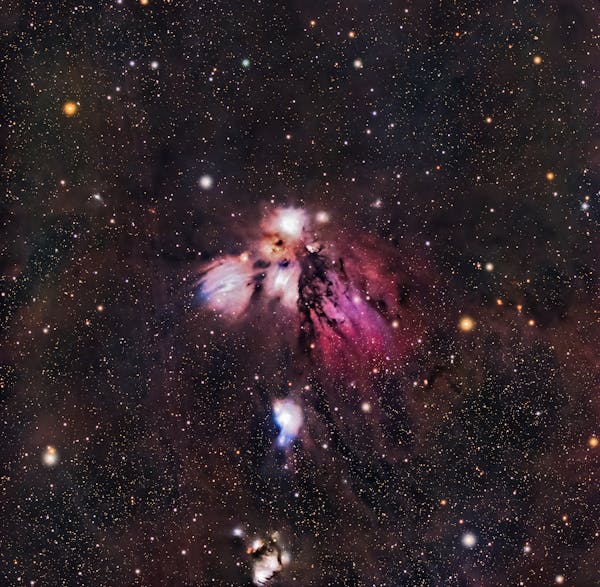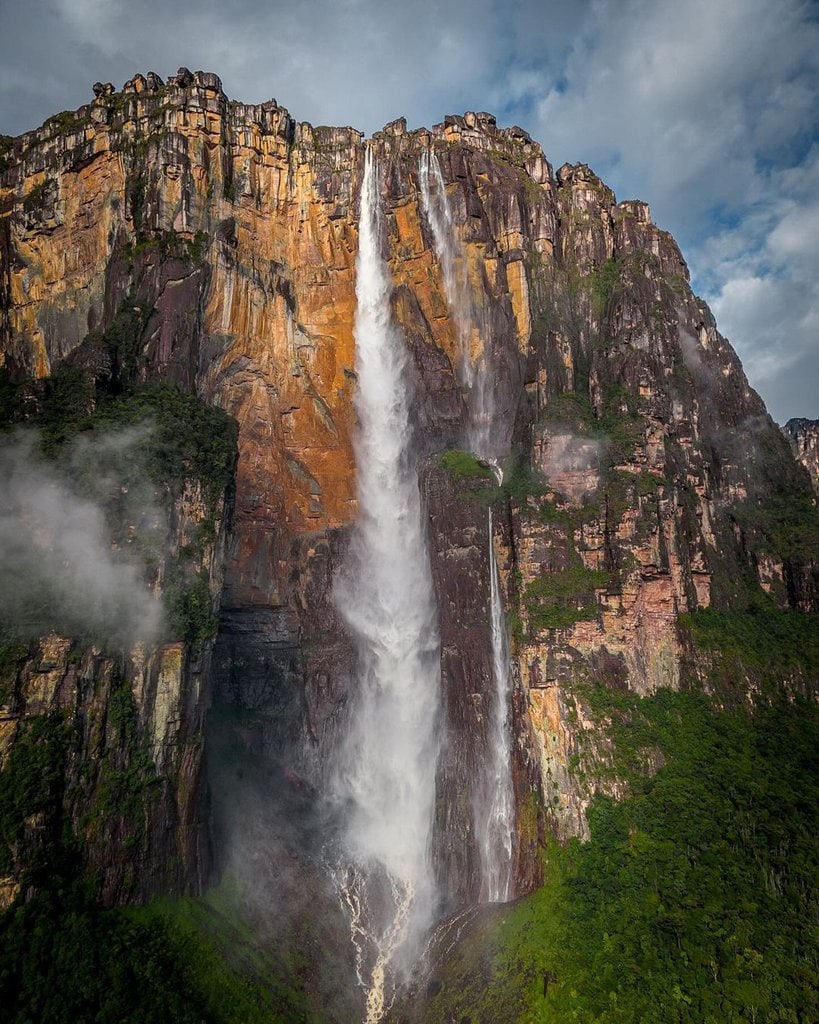A Groundbreaking Find
Astronomers have made an exciting discovery: they spotted two super-bright quasars, which are active black holes, merging just 900 million years after the Big Bang. This is the earliest detection of such an event.

Quasars are incredibly bright and powerful, formed when massive black holes consume gas and dust. This discovery was made using the Subaru Telescope, which revealed these quasars as faint red spots amidst a sea of stars and galaxies.
Importance of the Cosmic Dawn
The period known as the cosmic dawn refers to the first billion years of the universe’s existence. During this time, the first stars and galaxies began to form, and light from these stars started transforming the universe. This process, called the Epoch of Reionization, changed hydrogen atoms by stripping away their electrons, reshaping the structure of the early universe. Finding merging quasars from this time helps scientists understand how massive black holes and galaxies evolved.
Implications for Future Research
This discovery of merging quasars is significant because it helps researchers learn about the early universe’s structure and evolution. It confirms theories about the presence of these objects during the cosmic dawn and provides insight into how supermassive black holes formed and grew. Understanding the behavior and impact of these early quasars will help scientists piece together the history of the universe and the formation of galaxies as we see them today.

The discovery also opens up new possibilities for studying the interactions between early galaxies and the massive black holes at their centers. By analyzing the light from these quasars, astronomers can gain valuable data about the conditions of the early universe. This information will contribute to more accurate models of cosmic evolution.
The merging quasars are like time capsules, offering a glimpse into the distant past and the forces that shaped the cosmos. Future observations with advanced telescopes, such as the James Webb Space Telescope, will likely uncover even more details about these fascinating cosmic events.
Exploring the World’s Largest Waterfall
The Magnificent Angel Falls
Tucked away in the dense jungles of Venezuela’s Canaima National Park lies Angel Falls, the largest waterfall on Earth. Named after Jimmy Angel, a US aviator who first spotted the falls from the air in 1933, Angel Falls plunges an astonishing 3,212 feet from the summit of Auyán-tepui, a towering table mountain.
The falls cascade down the sheer cliffs of the tepui in a breathtaking display of natural beauty, creating a mesmerizing spectacle that draws visitors from around the globe. Angel Falls is not only a testament to the Earth’s geological wonders but also a cultural icon and source of inspiration for artists, adventurers, and nature enthusiasts alike.

A Geological Marvel
The formation of Angel Falls is a result of the unique geological processes that have shaped the landscape of Canaima National Park over millions of years. Auyán-tepui, the tabletop mountain from which the falls originate, is composed of ancient sandstone and quartzite rocks that date back to the Precambrian era.
The sheer cliffs of the tepui create a perfect canvas for water to cascade down, forming Angel Falls as it plunges into the depths below. The surrounding rainforest, with its lush vegetation and diverse wildlife, adds to the allure of the falls, creating a pristine wilderness teeming with life.
Preserving a Natural Treasure
As one of the world’s most iconic natural wonders, Angel Falls serves as a reminder of the importance of preserving our planet’s precious ecosystems. Canaima National Park, where the falls are located, is recognized as a UNESCO World Heritage Site, protecting its unique biodiversity and cultural heritage. However, the park faces threats from deforestation, mining, and other human activities that endanger its delicate ecosystems.

By promoting sustainable tourism and conservation efforts, we can ensure that future generations have the opportunity to experience the awe-inspiring beauty of Angel Falls and appreciate the wonders of our natural world.